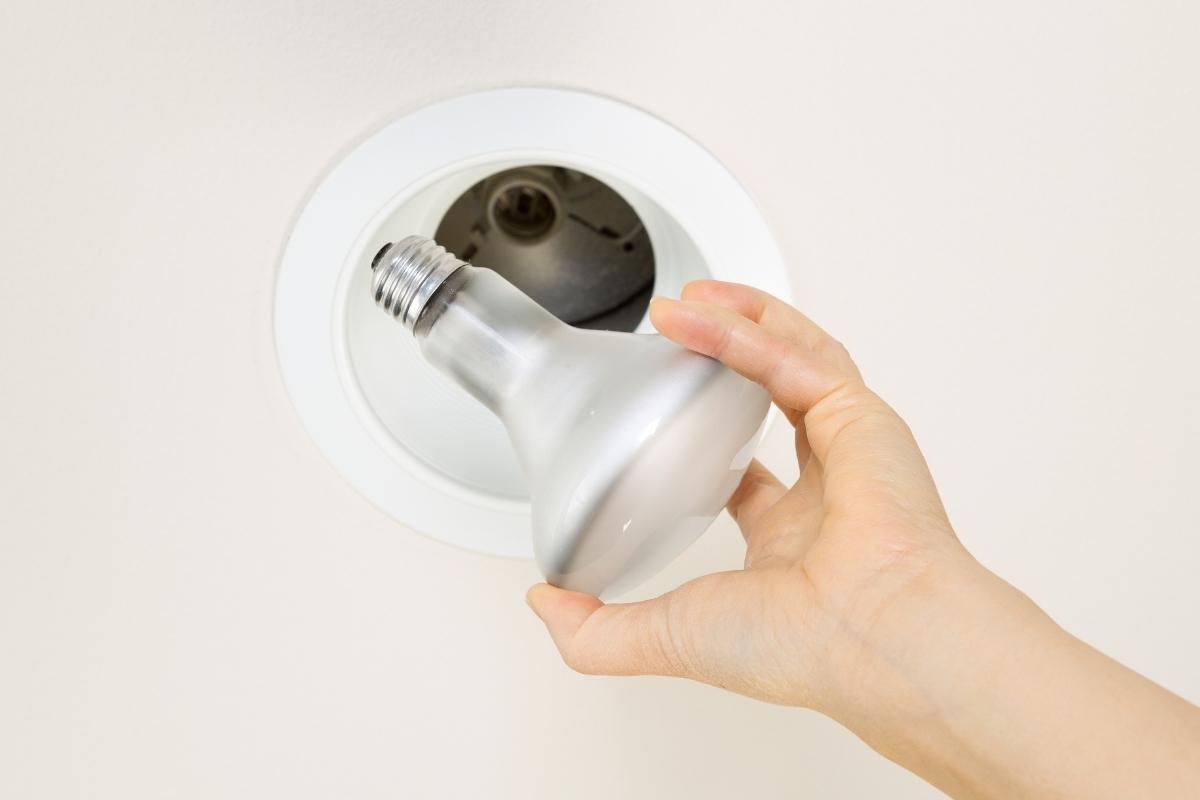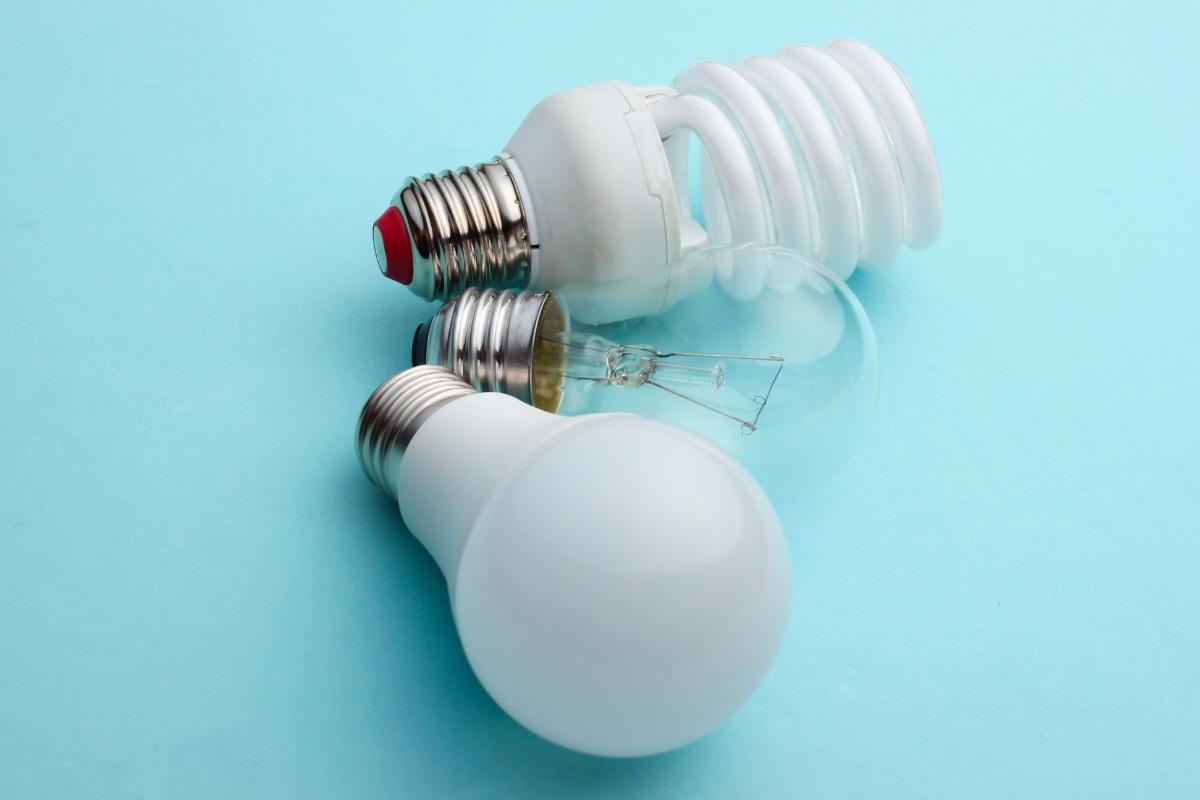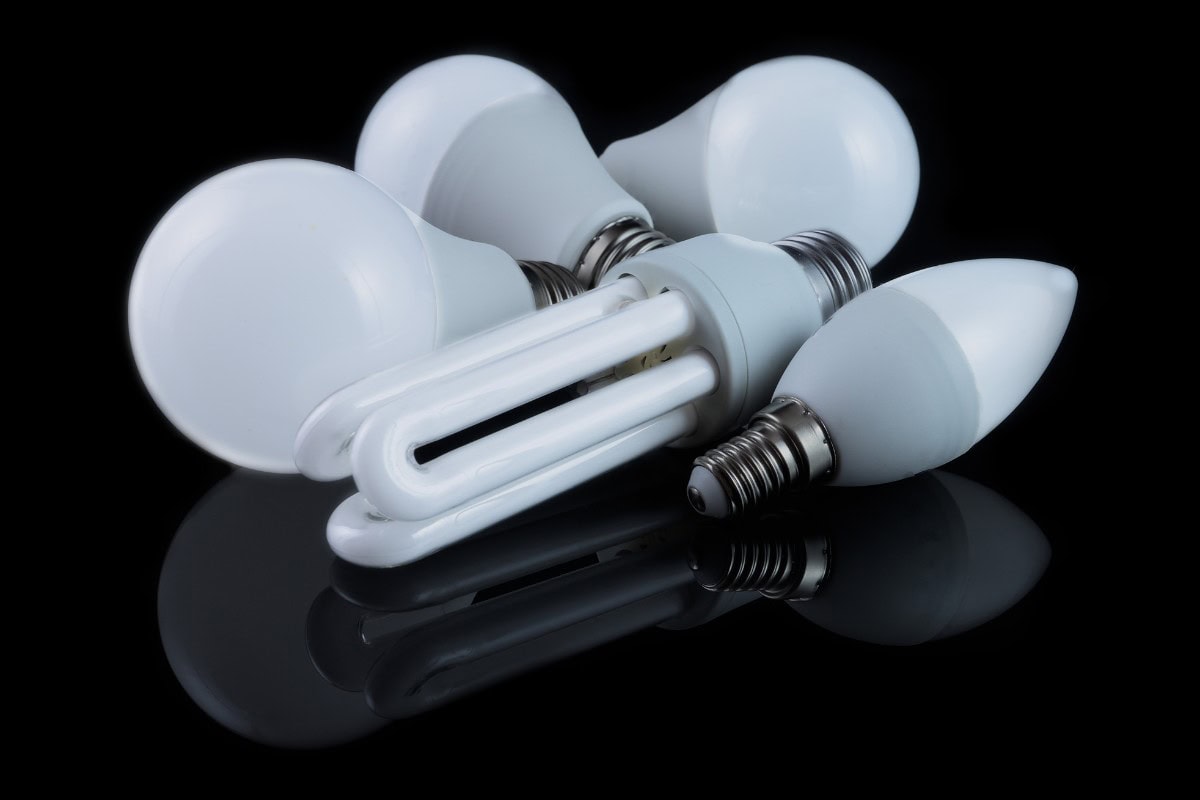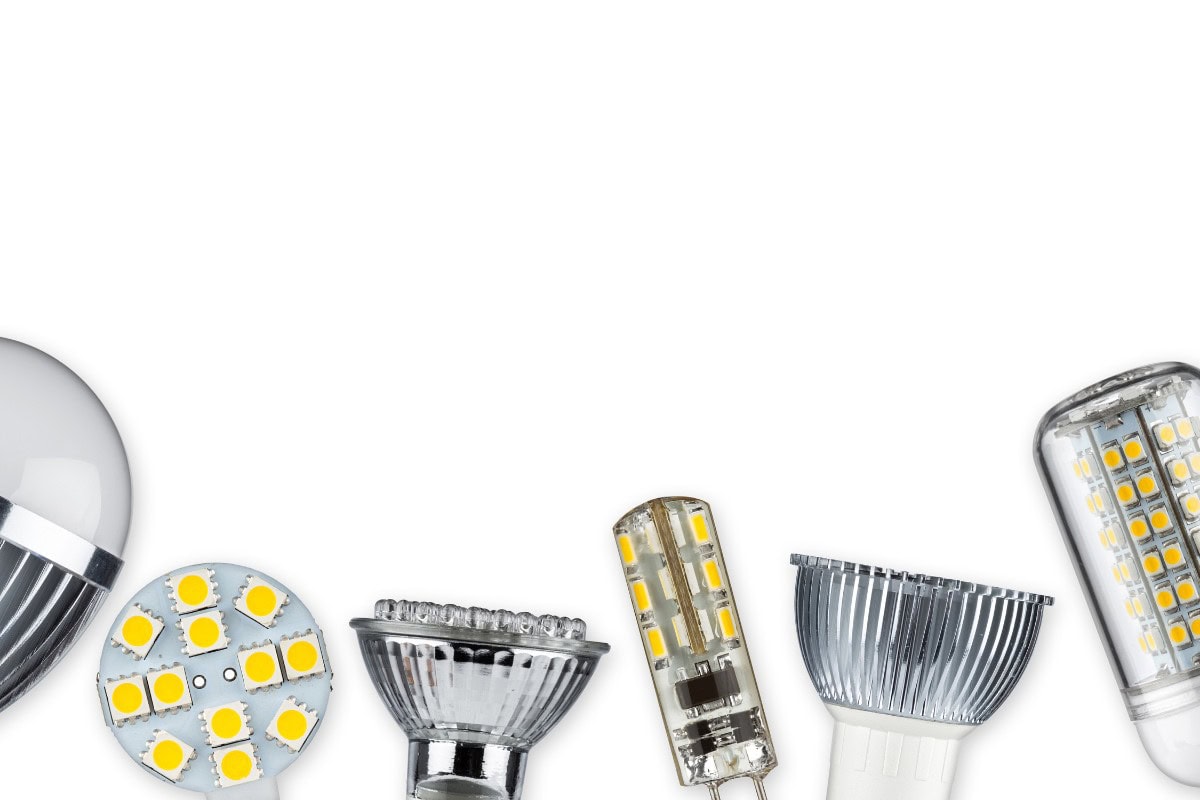Low voltage recessed lighting basically refers to fixtures that operate at 30 volts or less. Now, this may sound pretty weak in terms of a power supply, in reality, a low-voltage recessed lighting fixture can provide about 2 1/2 times more light than what an incandescent lamp can power with line voltage. That means, a 50-watt light fixture can generate as much light as one 125-watt light power by line voltage.
How’s that for some great energy savings?
Since low voltage recessed lighting generally uses less electricity, the size of your associated power bill will be greatly reduced. And while the financial economy continues to move at a sluggish pace with the prices of energy going in the reverse direction, low voltage recessed lighting is starting to appear as an attractive option to many families. Coupled with the lure of other benefits such as increased safety, reduced strain on the environment, enhanced lighting quality and an improvement in design flexibility, it’s no wonder why low voltage recessed lighting has been the talk of the town.
Dimmers are also used in conjunction with low voltage recessed lighting fixtures to allow a better control on the amount of light at any given point of time. As less light energy is consumed as compared to line voltage, low voltage recessed lighting requires less space for installation. Builders and contractors have found that smaller holes and lesser lighting fixtures are required for its installation. That in turn means less destruction of ceilings and walls to accommodate for the new lights.
And since low voltage recessed lighting has a smaller portion of the electrical current flowing within the wires as compared to regular fixtures, the chance of electrical shock or fire is very much reduced. Parents with young children generally prefer such safe fixtures in their homes. New technology has also improved the life span and energy efficiency of such light fixtures.
If you’re convinced that this is for your home, the next question is probably this: how do you convert your existing lighting setup to low voltage recessed lighting?
All you need to do is to make sure the new retrofit kits you’re looking to install contains transformers which will convert your existing house current to the required voltage required by low voltage units. Although these units may cost slightly more than the conventional kits, in the long run, the cost savings will make up for this initial expense you’ve spent on low-voltage recessed lighting.









